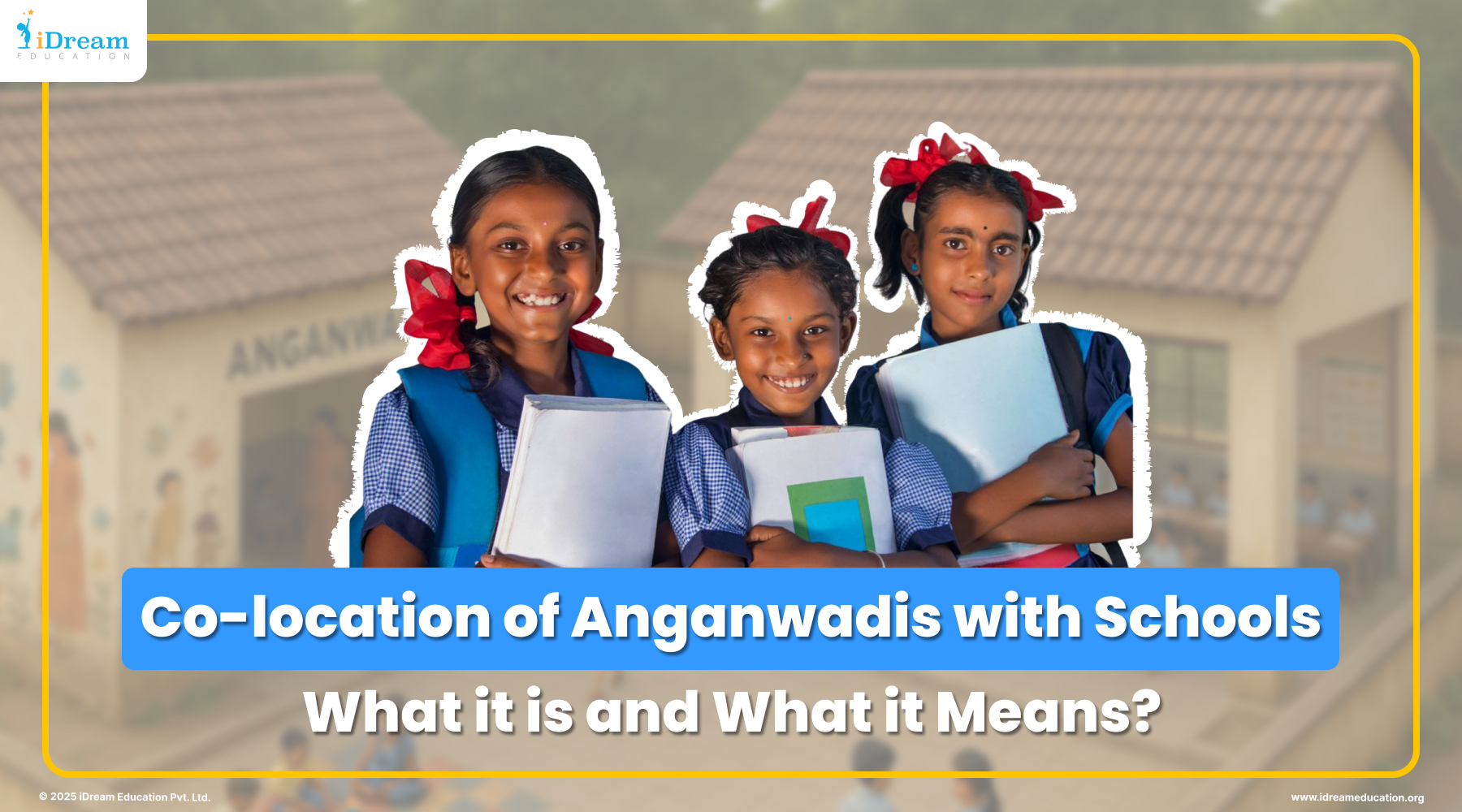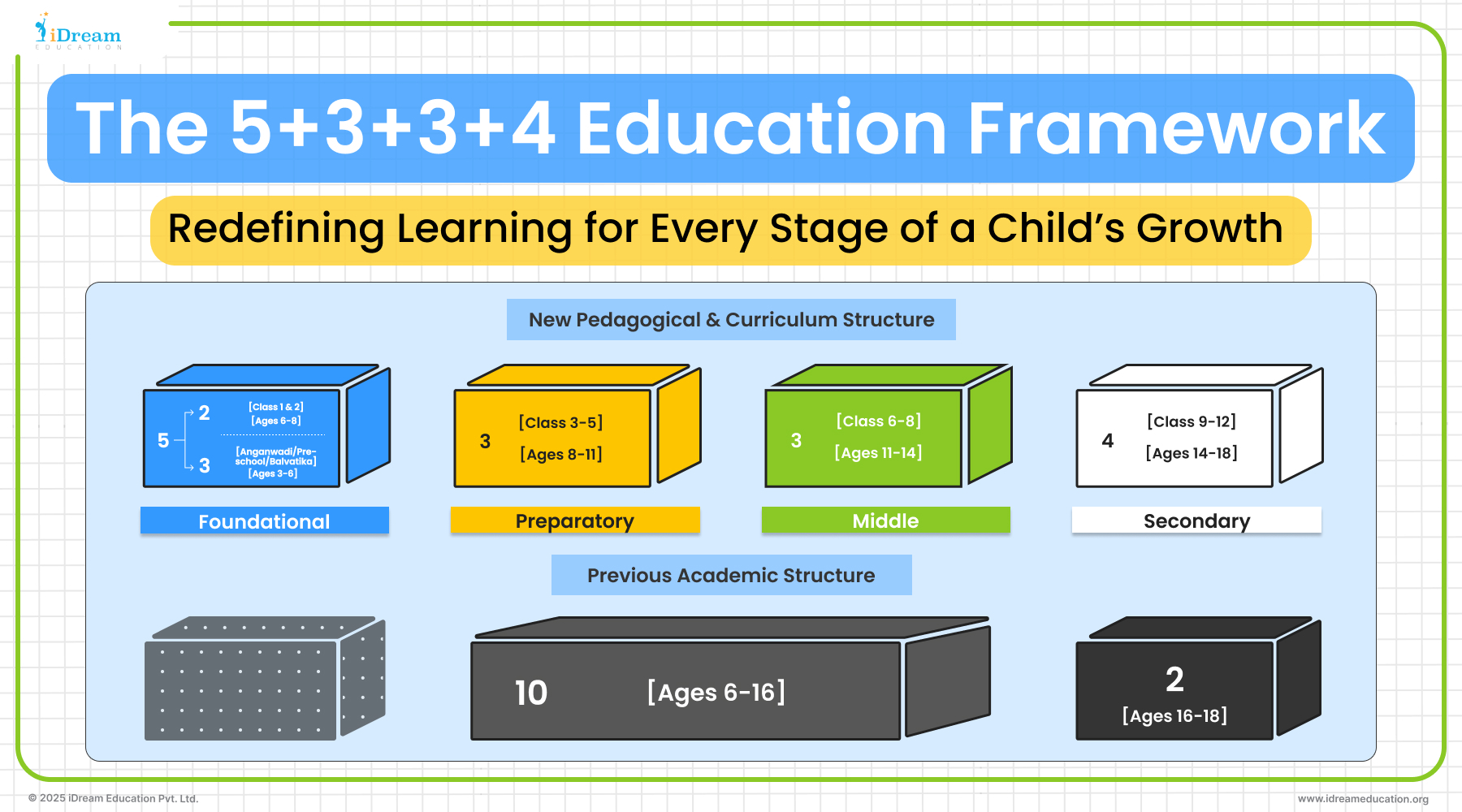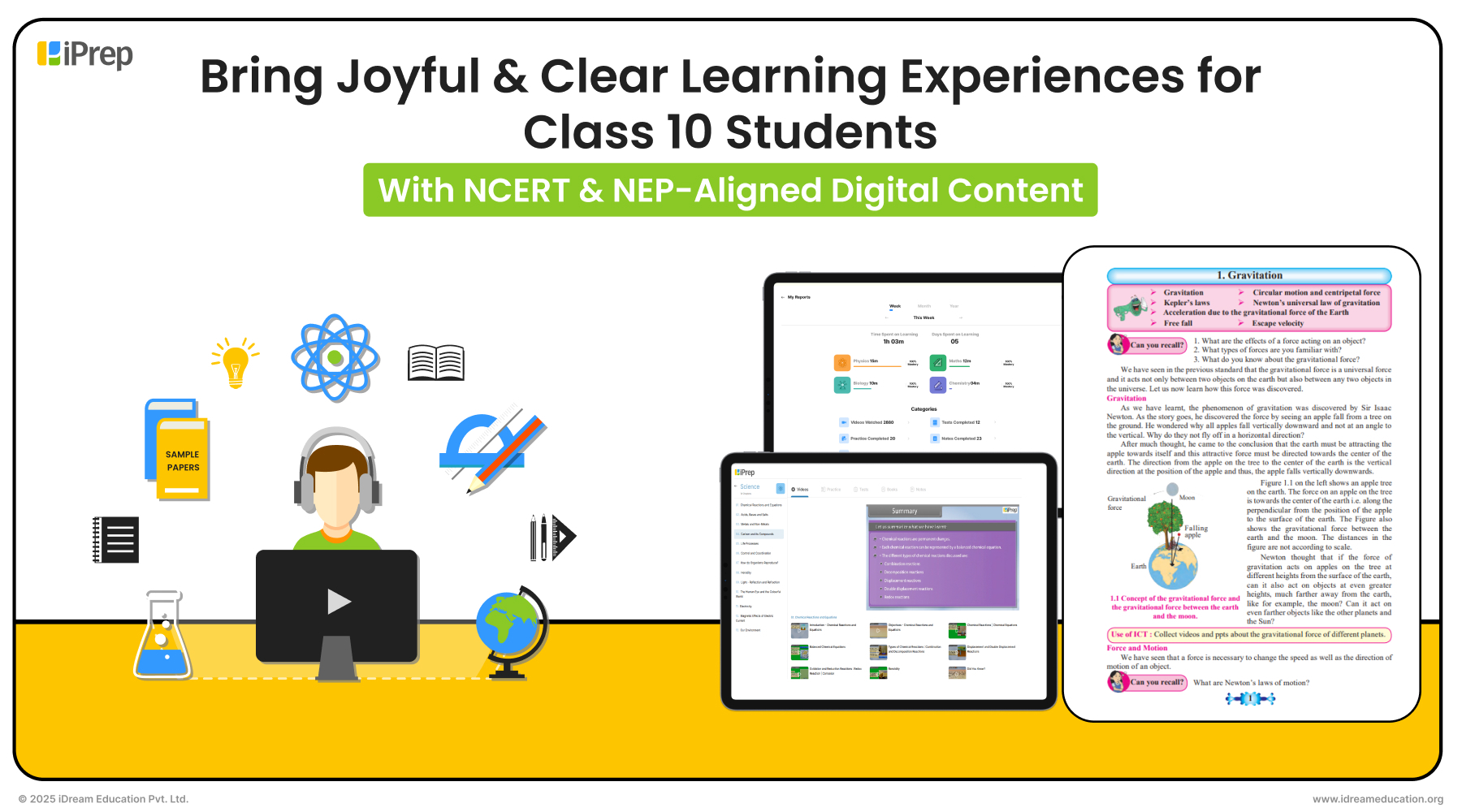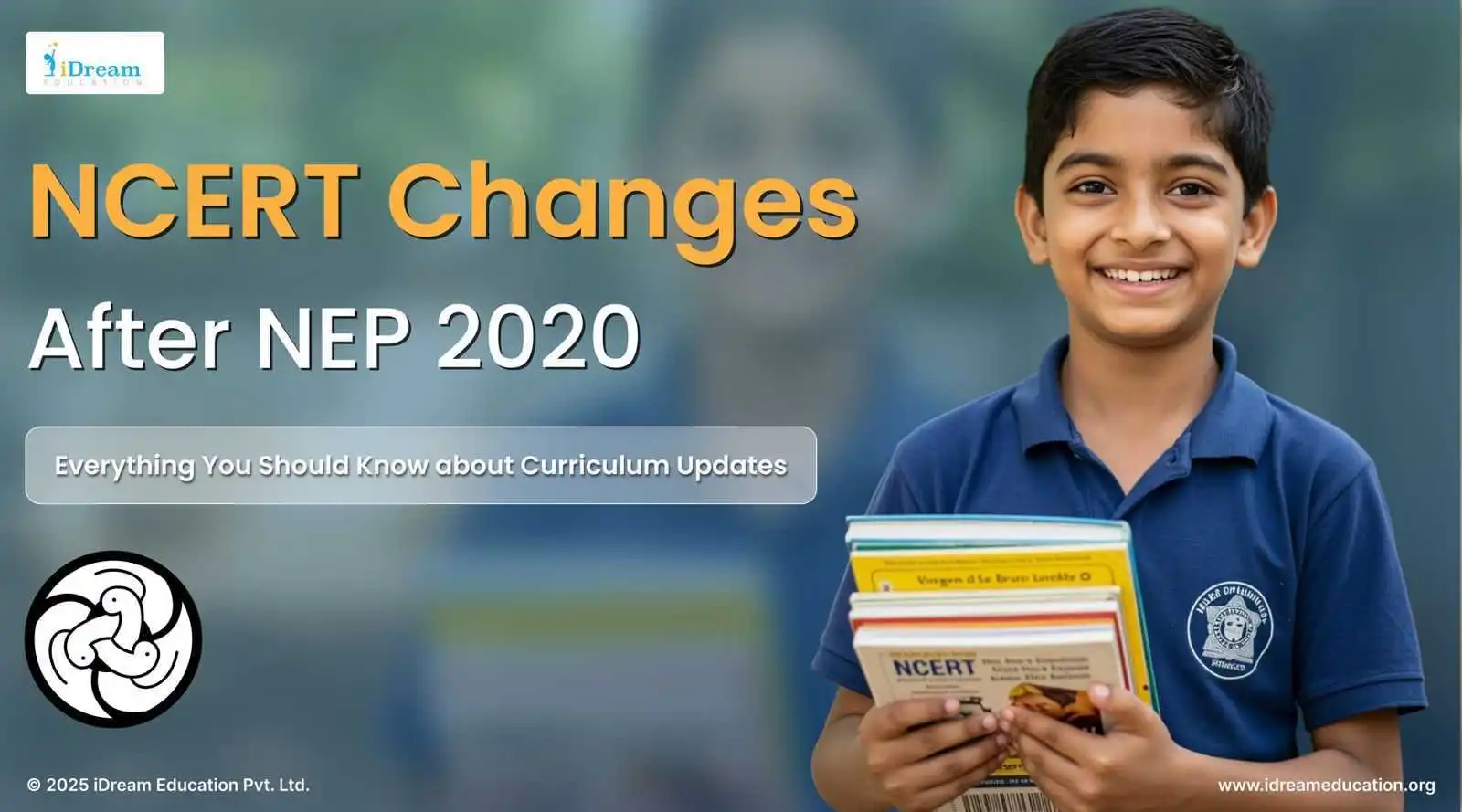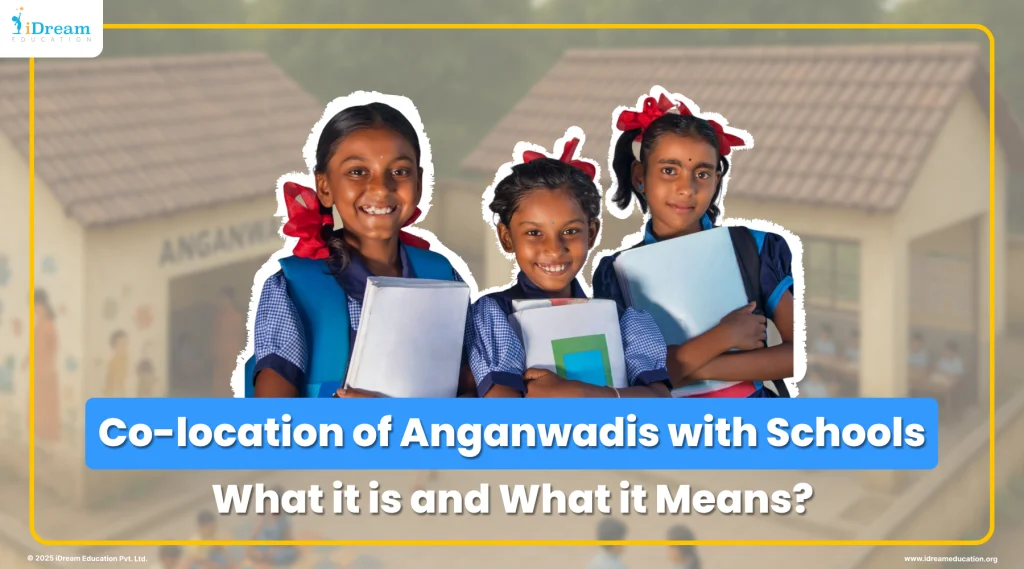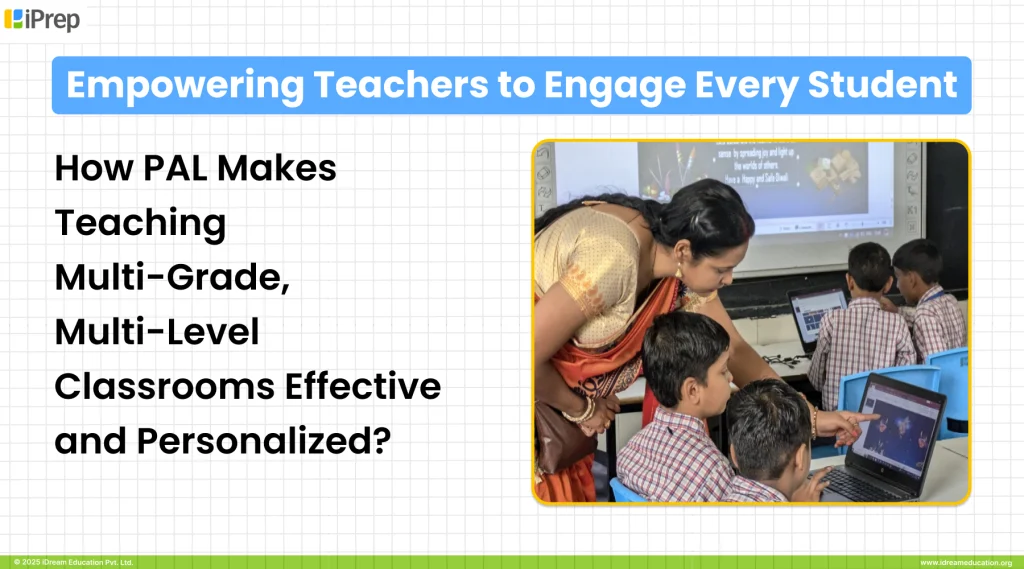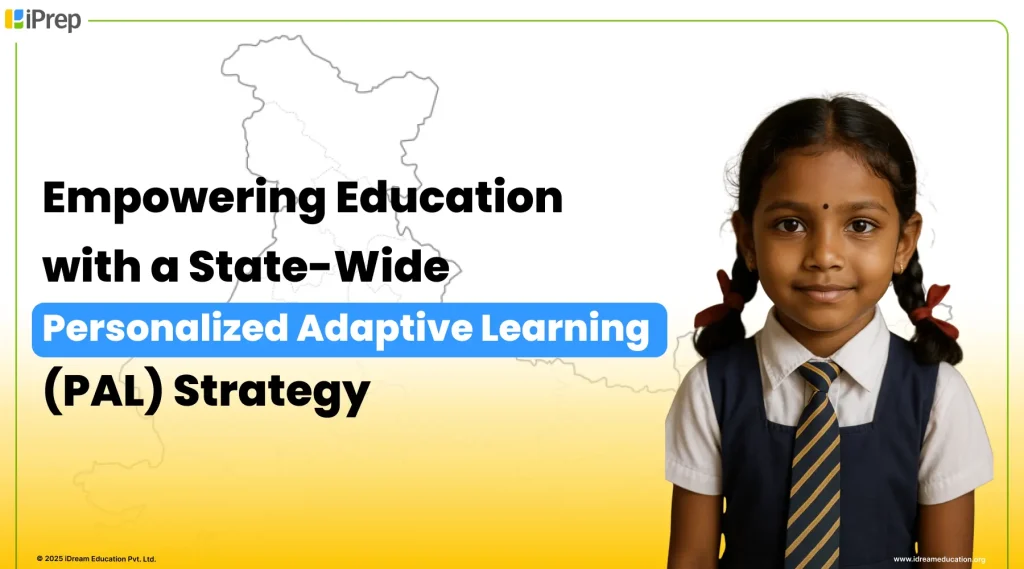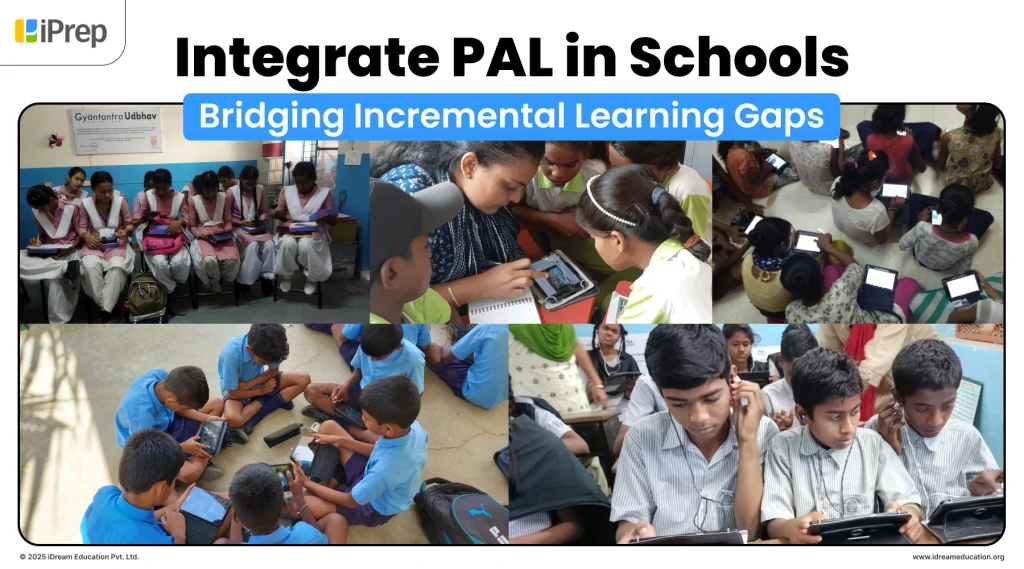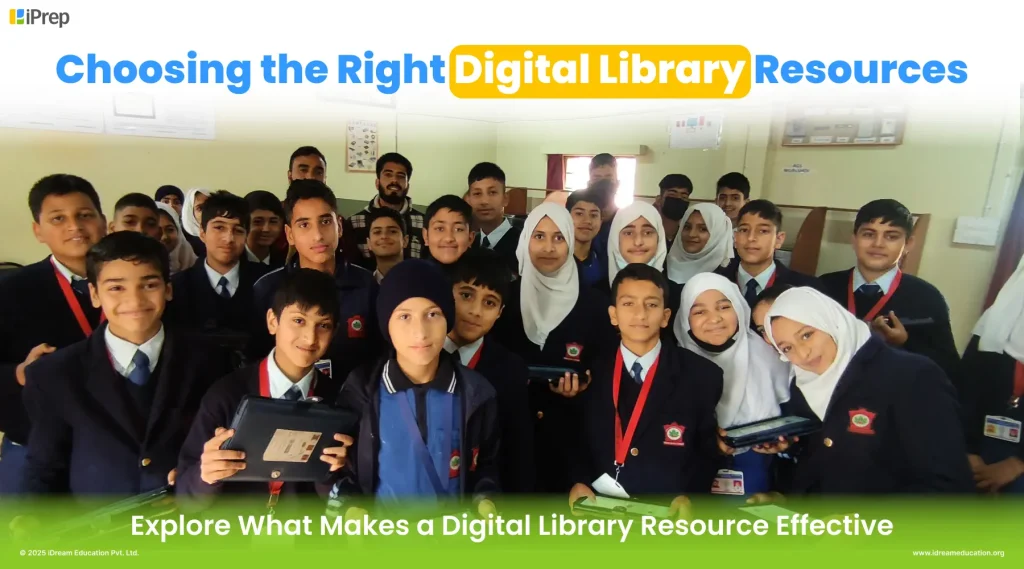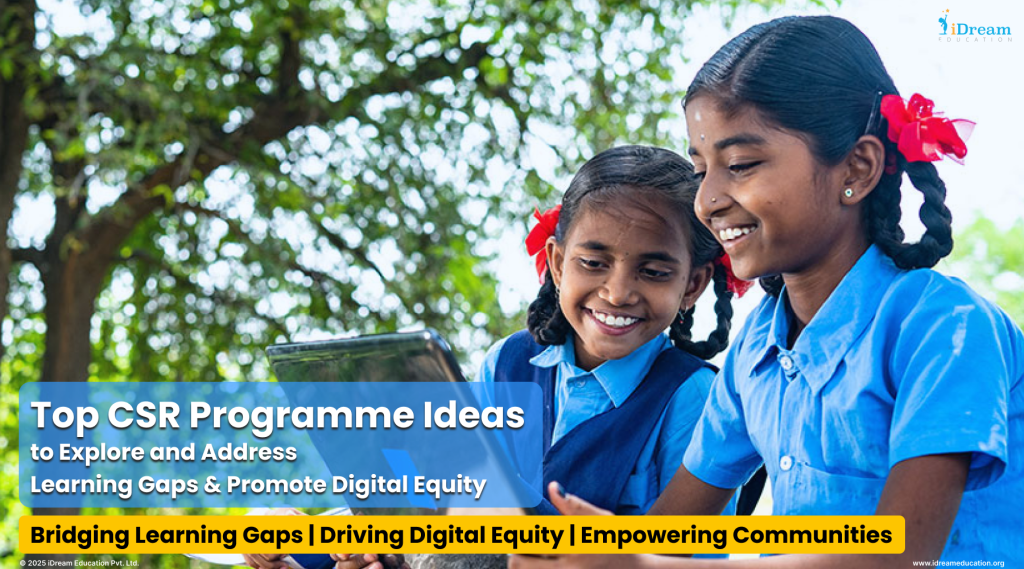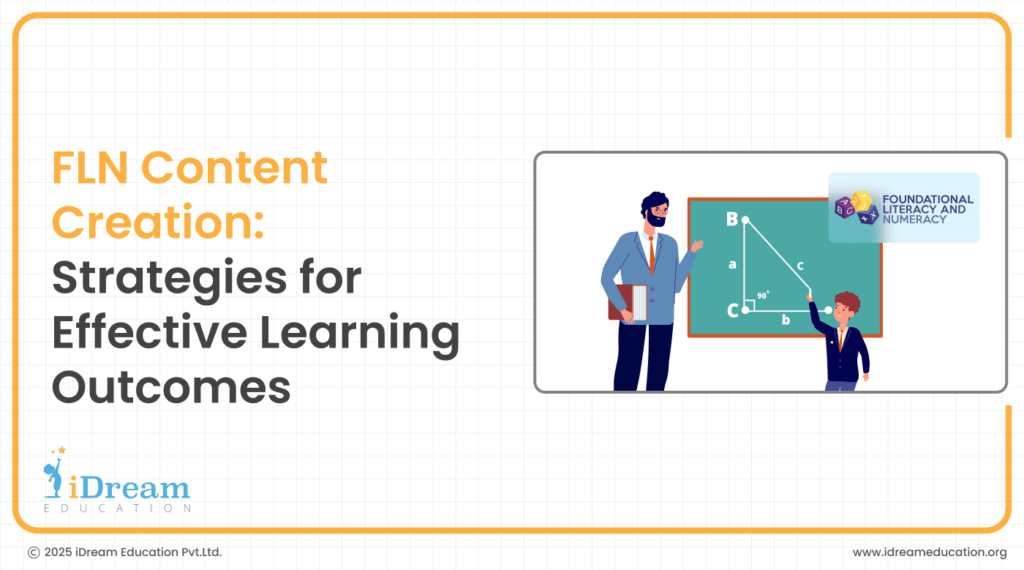
Going beyond nurturing the ability to just spot letters or count numbers, Foundational Literacy and Numeracy seeks to help young students understand, apply, and grow as learners. These skills help children form the basis for all future learning and personal development.
That’s why NEP 2020 has decidedly put FLN at the centre of early education. At the same time, goal-oriented programmes like NIPUN Bharat, NISHTHA FLN, Vidya Pravesh, Bal Vatika, and CBSE SAFAL have been introduced. This is to make sure children grasp fundamental skills before moving to higher grades.
However, it is well-established that conventional teaching methods, especially in a digital age, don’t always work for every child. In fact, the PARAKH Rashtriya Sarvekshan assessed over 3.4 million students across 118,000 schools in 2021. The results indicated a decline in learning outcomes compared to previous years.
So, how do we solve it? Strategically crafted, interactive, and tech-enabled FLN content can be a perfect answer.
This article explores how to create FLN content that truly makes a difference.
What is FLN?
FLN involves the fundamental language, reading, writing, and arithmetic skills that underpin lifelong learning. The essential components of FLN are:
- Language Acquisition & Reading Comprehension: Comprehending spoken and written words, sentence construction, and extracting meaning
- Basic Mathematical Concepts: Number recognition, arithmetic operations, patterns, and logical reasoning
- Cognitive Development: Critical thinking and problem-solving skills necessary for higher learning
Research suggests that 3-8 years is the most critical age for cognitive development since children are most receptive to building foundational skills at this time.
Also, children who build strong FLN abilities by Grade 3 are much more likely to succeed in later grades, lowering the risk of dropouts. To note, the World Bank states that early acquisition of FLN skills can increase lifetime earnings by around 10% per additional year of schooling.
The Challenge of Universal FLN Achievement

Despite its significance, the FLN in India has a number of challenges:
- Diverse Learning Environments: Socioeconomic disparities affect access to quality learning.
- Limited Educator Training: Most teachers are not trained in competency-based FLN instruction.
- Language Barriers: Home language and school language mismatch can impede understanding.
- Limited Digital Access: Only 57.2% of Indian schools have functional computers, according to the UDISE+ Report, impeding the adaptation of technology-enabled learning.
The Current FLN Landscape in India: An Overview
ASER 2024 says that only 23.4% of Grade 3 students can read a Grade 2-level text in government schools. This is indeed a significant literacy gap.
- Plus, mathematical competency still remains a challenge. Only 33.7% of Grade 3 students are able to do simple subtraction.
- The NIPUN Bharat mission sets universal FLN by 2026-27 as its goal, but implementation gaps continue to persist.
The challenges and gaps may underline an exclusive reliance on rote learning rather than competency-based education. It restricts conceptual understanding.
To add, traditional assessment methods struggle to offer real-time feedback, making it difficult to track and effectively address learning gaps.
FLN Content Development: Role of NCERT & State Boards
NCERT works on creating national curriculum frameworks and learning outcomes that are in line with national education goals.
Initiatives such as NIPUN Bharat and NISHTHA FLN further guide educators in implementing competency-based learning in early education.
On the other hand, state boards can adapt these frameworks into local languages and contexts, bringing FLN within reach of a wider range of students. Further, assessment models, such as CBSE SAFAL, assist in monitoring learning progress and filling gaps in learning proficiency.
How Technology-Enabled Learning is Changing the FLN Approach
A focus on digital learning and advancements in technology-enabled learning are transforming how FLN is taught, making education more interactive and accessible:
- Adaptive Learning Platforms: AI-driven tools help personalise learning for different skill levels.
- Gamified Learning Modules: Digital games and interactive storytelling make learning engaging and reduce dropout rates.
- Instant Assessment & Feedback: Tech-enabled assessments provide real-time performance tracking, allowing educators to intervene early.
Further, Anganwadis, which struggle with structured teaching because of resource limitations, can leverage iDream Education’s research-driven digital content to:
- Use the comprehensive library of digital learning materials aligned with the Early Childhood Education curriculum, including animated video lessons, interactive activities, and play-based resources aimed at fostering foundational literacy and numeracy skills
- Create engaging and structured learning experiences, even in resource-constrained settings
- Leverage the Learning TV for Anganwadis, which is preloaded with curriculum-aligned materials to facilitate interactive sessions
- Access a simplified Teacher Handbook that breaks down developmental goals into age-appropriate competencies and class-wise learning objectives.
With iPrep, the learning super app, schools can implement multi-sensory and competency-based FLN content in multiple languages, completely aligned with NCERT content and NEP 2020 guidelines.
Key Elements of Effective FLN Content
The main components that help in creating interactive, organised, and effective FLN content are:
| Element | Description |
| Multi-Sensory Learning | Combining visual, auditory, and hands-on learning to engage diverse learners. |
| Mother Tongue & Bilingual Instruction | Using familiar languages to enhance comprehension and ease learning. |
| Activity-Based Learning | Incorporating interactive games, storytelling, and projects to make learning engaging. |
| Personalised Learning Paths | Adapting content to student progress for individualised learning experiences. |
| Technology Integration | Leveraging digital tools for interactive lessons and assessments. |
| Continuous Progress Tracking | Using competency-based evaluations for real-time feedback and improvement. |
Strategies for Creating Impactful FLN Content
To make FLN content impactful, these key strategies must be effectively implemented:
- User-Centred Design: Content should be engaging, age-appropriate, and aligned with cognitive abilities.
- Balancing Digital & Traditional Methods: A mix of workbooks and digital modules ensures holistic education.
- Cultural Relevance: Contextualised examples and regional stories enhance relatability.
- Structured Skill Progression: Gradually increasing complexity from basic to advanced concepts.
- Formative Assessments: Embedding interactive quizzes and exercises within lessons.
- Making Abstract Concepts Tangible: Using real-world objects and storytelling to simplify learning.
iDream Education’s FLN solutions align with these best practices, ensuring interactive and competency-based learning.
Implementation Approaches for Different Learning Environments
Here are some expert-recommended approaches which can be utilised for different learning environments:
1. FLN Content Delivery in Low-Resource Settings
In underserved areas, Learning TV, preloaded tablets, and offline digital content ensure structured FLN learning without internet dependency, making education accessible in Anganwadi centres and rural schools.
2. Offline Capabilities for Universal Access
Preloaded digital content on tablets and smart devices enables uninterrupted learning, allowing students to engage with FLN resources anytime, even in remote locations with minimal infrastructure.
3. Hybrid Learning Approach
This combines structured teacher-directed instruction with self-paced digital modules, allowing students to understand foundational concepts at their speed while still receiving required guidance.
4. Parental Involvement for Reinforcement
Involving parents in storytelling, interactive reading, and math activities at home reinforces early learning and assists classroom teaching.
5. Community-Based FLN Learning
Mobile libraries, peer-learning groups, and after-school programs create supportive learning environments that encourage children to practice FLN skills with community support.
Case Study of a Successful FLN Implementation
Uttar Pradesh has witnessed a noteworthy increase in foundational literacy and numeracy. Over 80% of schools have adopted structured FLN programs.
As per ASER 2024, the state has made tremendous gains in early-grade learning outcomes:
- Reading Skills: Standard III students’ reading levels improved by 8.3 percentage points, rising from 16.4% in 2022 to 24.7% in 2024.
- Arithmetic Skills: The state saw a 7% rise in arithmetic skills across Standards III and V, bringing it on par with Gujarat and Tamil Nadu.
- Improved Teacher & Student Attendance: Teacher attendance reached 87.5%, while student attendance stood at 75.9%, exceeding national averages.
These outcomes underscore the potential of properly implemented FLN programs, data-driven assessment, and technology-driven learning in improving early education outcomes.
Key Takeaways
To sum it up, ensuring strong FLN requires a structured, engaging, and accessible learning approach.
Multisensory instruction, bilingual education, and competency-based evaluation must be incorporated in schools, and digital tools must be leveraged to efficiently deliver content. Parent and community involvement also solidifies early learning outcomes.
For smooth FLN execution, integrating technology-based solutions can help.
How iDream Education Supports FLN Implementation
iDream Education provides advanced and tailored digital learning solutions. We partner with system integrators, government bodies, CSR initiatives, NGOs, and other ecosystem collaborators to deliver digital content and learning platforms through smart classrooms, ICT labs, tablets, notebooks, and mobile devices.
Here are some offerings that make us the ideal partner:
- Smart Classrooms for Interactive Learning
Our Smart Classroom turns classrooms into interactive learning spaces, making FLN lessons more engaging and impactful for young learners.
- Tailored Learning with Tablets
Through iPrep Tablets, students can learn at their own pace, even in low-resource settings, as they are preloaded with structured and bilingual FLN content.
- Personalized Adaptive Learning (PAL)
iPrep’s PAL adapts content based on a student’s learning level, ensuring they get the right motivation nudges and support for literacy and numeracy skills.
Explore how iDream Education’s digital solutions can make FLN learning more accessible, engaging, and effective.
Contact us today to learn more.


